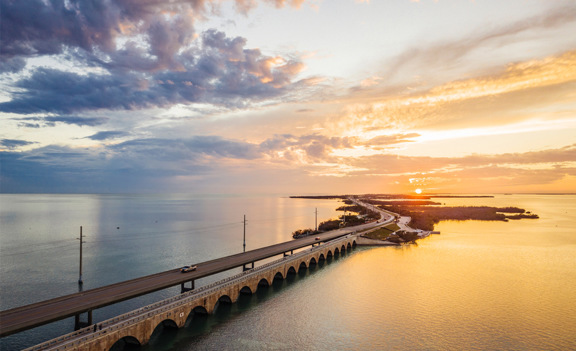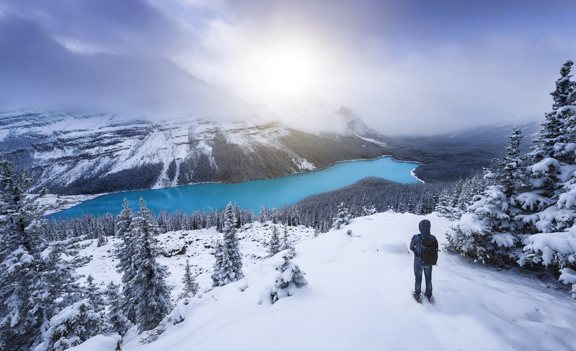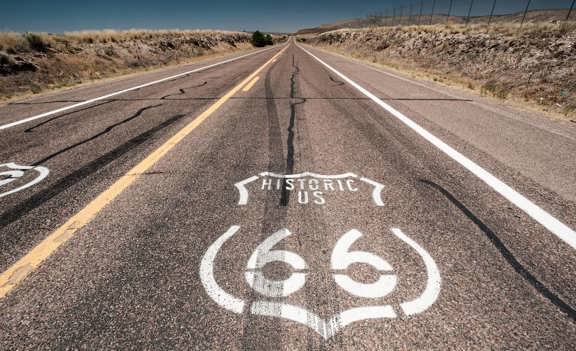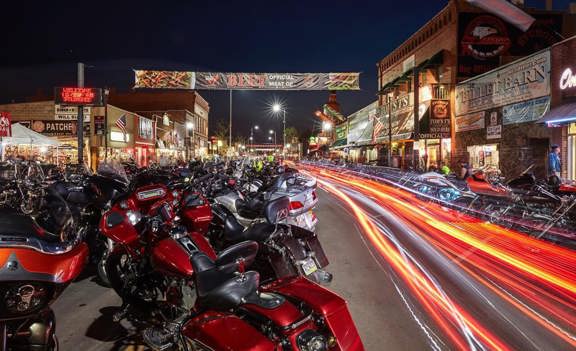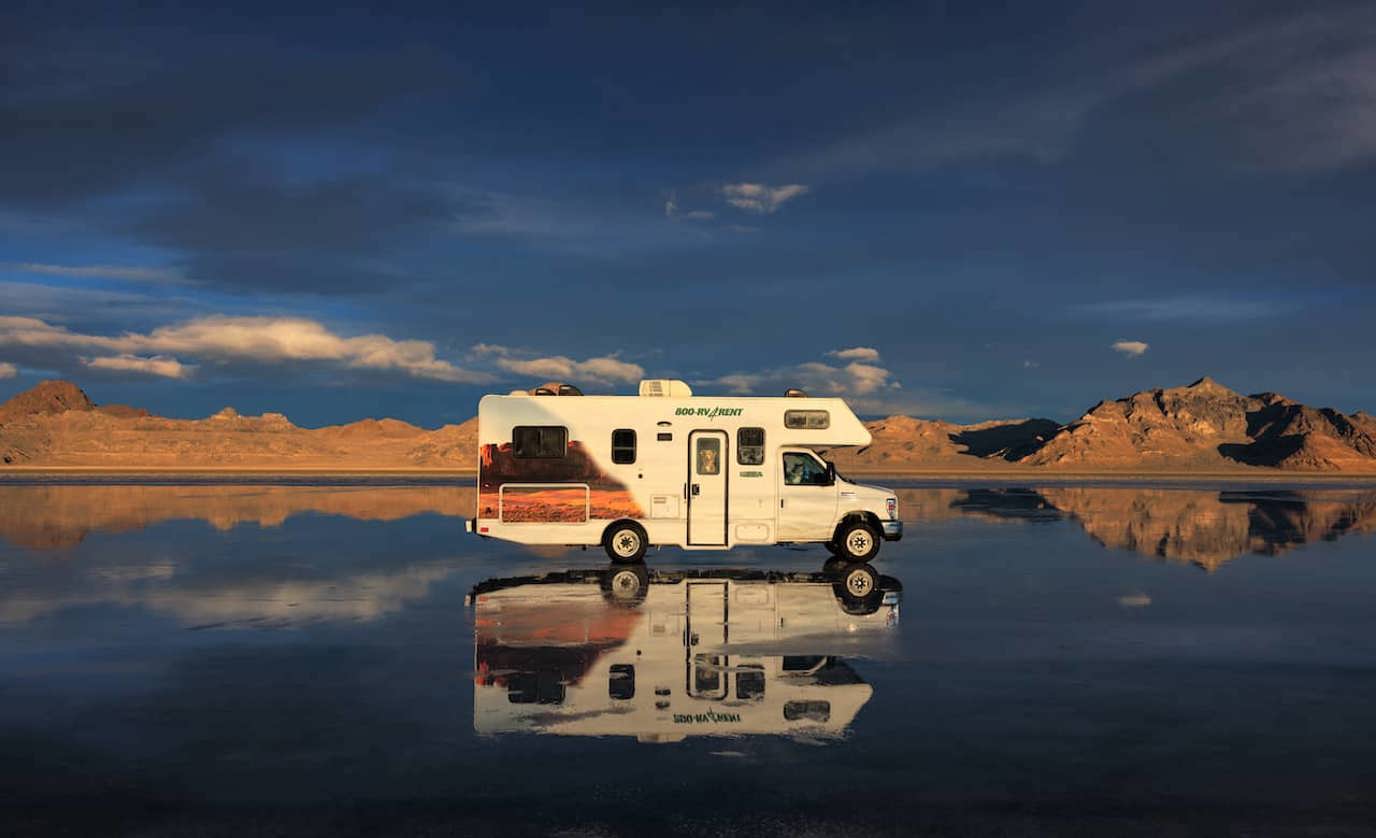
The Do’s & Don’ts of Planning an RV Trip
ShareWith the cost of airline travel rising steadily, many people are turning to good old-fashioned road trips for the annual family vacation, and with plenty of good reasons! But who cares that it might be more difficult to pick up and fly off to the Swiss Alps when there are so many incredible sights to see right here in North America?
Taking a road trip in an RV can help you save money on hotels, spend more quality time together, and lets you control all of the particulars of your family or friend group. Picky eaters are no longer a problem with your own kitchen and food on board. And guarantee yourself a good night’s rest on a real bed with your own sheets and pillows.
Planning an RV Vacation: Dos & Don’ts
Whether you’re a first-time RV’er or if this is now a tradition, a lot goes into RV trip planning to ensure everything goes smoothly. Here are our Dos and Don’ts for planning an RV trip to remember.
Choosing the Right Destination
First thing’s first — you have to decide where it is that you’re hoping to go.
Do: Consult your bucket list and talk with anyone else going on the trip.
Remember that a destination that is far away will take much more time to get to, and you’ll want to spend plenty of time there to make the trip worth it. If you don’t have several weeks to spend in the RV, then don’t be afraid to stay a little closer to home — especially if it’s your first time driving in an RV. Do pick someplace that excites everyone and let the anticipation fuel the occasional monotony of driving on major highways.
Don’t: Forget to factor in time-of-year
While traveling in the off-season can be a major boon with fewer people and sometimes even cheaper costs, many hot spot destinations may not be open in the winter or may be inaccessible due to roads that are closed due to weather. It would be a tragedy to get close to your destination and have to pivot suddenly when the main road is closed until April. Check and double-check that you are planning a seasonally appropriate trip.
Planning the Perfect RV Route
Once you know where you’re going, it’s time to figure out some of the more specific details of exactly how you’re going to get there. This is also the time to figure out exactly where you will be parking every night and to book your spots well in advance, if possible.
Do: Consult your favorite map tools
Google Maps (or any other map planning app or website) is a great place to start for general directions. You’ll see roughly how many miles away your destination is and also be able to add in various stops at any roadside attractions you may want to see along the way. Remember to budget longer than the map suggests — usually 50-55 miles per hour in an RV due to overall slower speeds and more frequent (and longer) stops. Download your final route maps, so you have them even when cell service gets spotty.
Do: Consider the 3/3/3 rule of RV driving
The 3/3/3 rule is one that many of even the most seasoned RV drivers adhere to religiously. This rule reminds us to drive 300 miles max per day, arrive by 3 pm at the latest, and stay at least 3 days at any parking spot. You don’t have to stick to these rules, but they are handy guidelines to ensure high spirits throughout the trip.
Arriving by 3 pm ensures that most campgrounds will still have staff on hand to get you checked in and that you can park in the daylight. 300 miles max per day helps to alleviate driver fatigue. And while it’s not crucial to stay 3 days anywhere you park (especially if you’re just stopping through), you will want at least 3 days when you get to your destination. It’s not fun to pack up, drive, and unpack on repeat every day.
Don’t: Neglect the budget
As with any vacation, you’ll need to make sure you budget tightly for your RV trip, so it does not balloon out of control. Factor in campground and parking fees, entrance fees to National and State Parks, toll roads, any rentals in the destination (such as boats, paddleboards, tours, etc), and especially gas. There are several apps and websites that will help you estimate the price of gas along your route and also help you find the best deal in your area to save money. Don’t forget food, snacks, and incidentals — especially if your group loves souvenirs.
Preparing the RV
Now that you know the who, the where, and the when, it’s time to get the actual RV ready. If you don’t already have access to an RV, buying one new is a major investment. First-timers and people who don’t think they’ll get regular use out of an RV should strongly consider renting an RV for all of the joys of an RV trip with none of the maintenance, storage, or upfront costs.
Do: Pick the right RV
There are several different types of RVs, and you should pick the one that is right for your size group. A Class A RV is the tour-bus style motorhome. They are enormous and tricky to drive but have a lot of space for families. A Class B RV is a little larger than a regular van. What it gains in maneuverability and mpg, it loses in space and amenities. Many of these won’t have bathrooms on board or will sacrifice other features due to space restrictions. These are best for 1-2 people willing to stay up close and personal the whole time.
Class C RVs are smaller than Class A and larger than Class B. Driving one is no more difficult than driving a medium-sized UHaul truck, and just about anyone can learn how to easily control this vehicle.
It’s best to choose the smallest size RV that will fit your group to maximize the ease of driving and also increase the number of parking spaces that your RV will fit. Many campgrounds have maximum size limits for RVs, so be sure yours will fit comfortably in every site you make home.
Do: Plan enough maintenance time
If you own your RV, you’ll need to do a thorough inspection after it has been sitting in storage for the winter or parked for a long while. Check the tires, smoke/carbon monoxide detectors, fire extinguishers as well as any soft canvas sections.
Renting an RV gives you a lot of peace of mind for this step. When renting a Cruise America RV, you can be sure that your vehicle has been meticulously safety checked and maintained. Someone on staff will be there to show you exactly how everything works and how to safely operate the vehicle's many features, including how to dump waste and how to level it. Don’t take off right away, even in a rental. You’re going to want to spend a little time getting a feel behind the wheel and practicing backing into a tight spot.
Don’t: Run out and buy all new stuff
One of the best parts about RV travel is that you are rarely worried about having to travel light. Go ahead and bring your favorite comforts from home. There’s no need to find the newest ultra-light fancy gear when yours will do. Goodbye inflatable pillow, and hello to whatever makes you most comfortable.
Don’t forget to bring fun stuff in case of bad weather. Bring board games, books, and even movies to make sure that any time you are stuck inside can still also be part of the fun.
Time To Hit the Road
Planning an RV trip does take some time and care, but the results will be a trip that is unforgettable. No matter how much planning you do, something will inevitably go awry. But as long as you are willing to stay flexible and roll with whatever the open road brings, the adventure will be unmatched.
With an RV rental from Cruise America, part of your RV trip planning will already be done for you. Our experts will help ensure you have the right RV for your trip. Rest easy knowing that each RV rental comes stocked with everything you need, from RV-specific equipment to kitchenware and more. All you need to bring is your clothes, gear, and anything else you may want to maximize your time on the road and in the outdoors. Visit CruiseAmerica.com or one of many convenient locations nationwide to get started on finding your perfect RV today.
